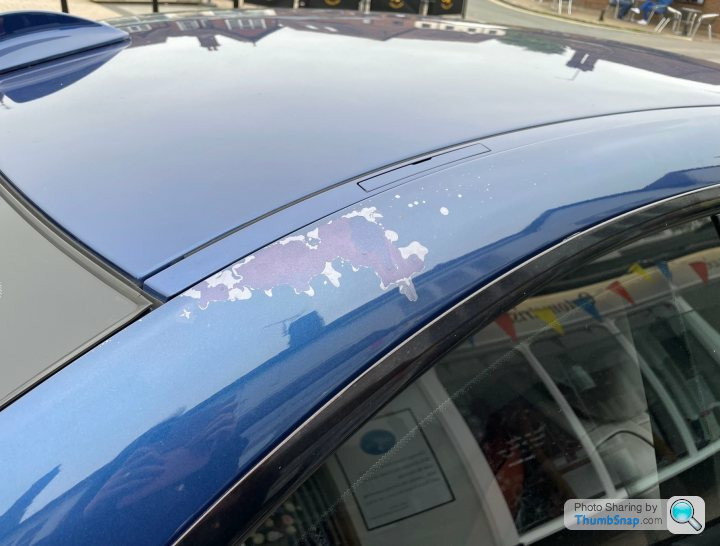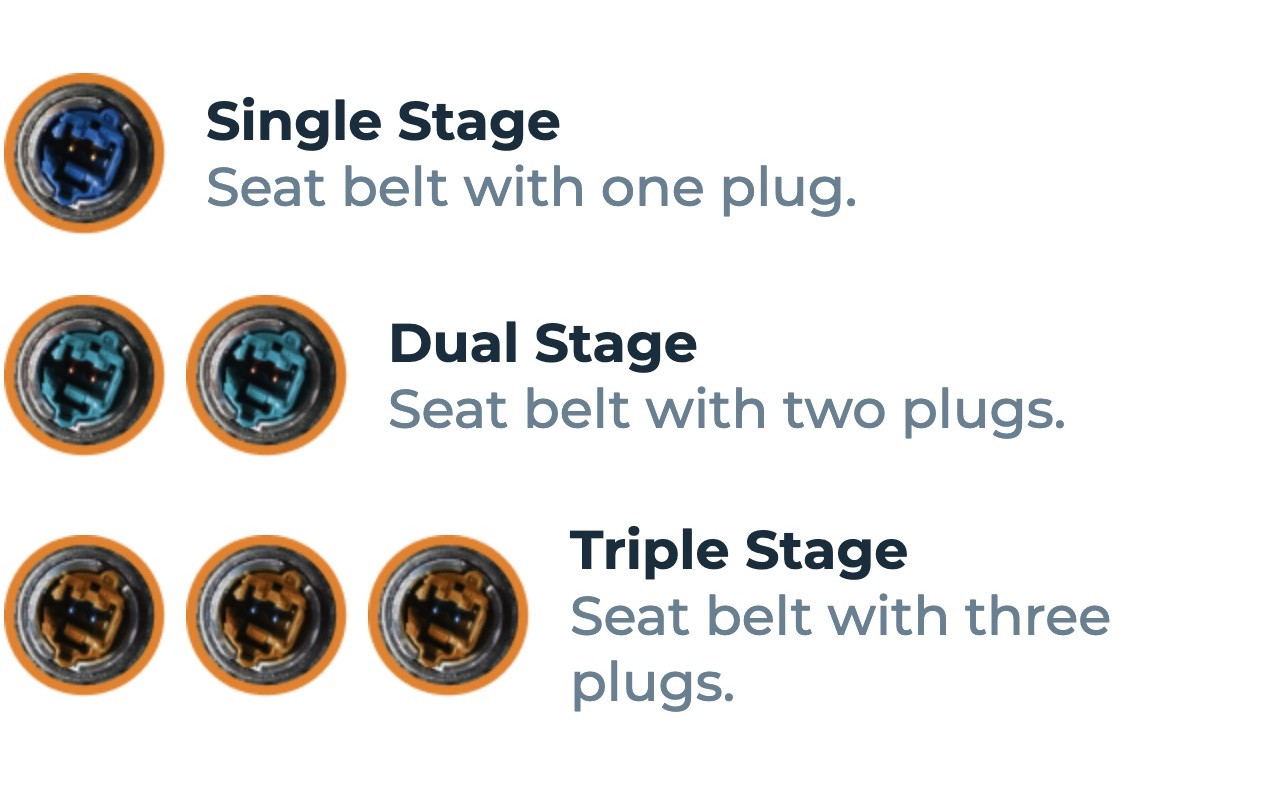How to Fix a Squeaky Car Air Conditioner: A Comprehensive Guide
Is your car AC making a racket? Learn how to fix a squeaky car air conditioner with this comprehensive guide from CARDIAGTECH.NET, designed to help you diagnose and resolve the issue effectively. Addressing this noise promptly can prevent further damage and ensure your car’s AC system continues to function optimally, keeping you cool and comfortable on the road. Discover solutions for common AC problems with expert tips.
1. Identifying the Culprit: Why Your Car AC Compressor Squeals
That high-pitched squeal when you turn on your car’s AC can be more than just annoying; it’s a sign that something isn’t quite right under the hood. Understanding the root cause is the first step toward a solution. Here are the most common reasons why your car AC compressor might be squealing:
- Worn Serpentine Belt: The serpentine belt is a long, winding belt that powers various components in your car, including the AC compressor. Over time, this belt can become worn, cracked, or glazed, causing it to slip and squeal, especially when the AC compressor kicks in.
- Loose Serpentine Belt: Even a relatively new serpentine belt can squeal if it’s not properly tensioned. A loose belt won’t grip the pulleys as tightly, leading to slippage and that telltale squealing sound.
- Failing AC Compressor Clutch: The AC compressor clutch engages and disengages the compressor, allowing it to cycle on and off as needed. If the clutch is worn or damaged, it can cause a squealing noise when it engages.
- Bad AC Compressor Bearings: The AC compressor contains bearings that allow it to spin smoothly. If these bearings become worn or dry, they can produce a squealing or grinding noise.
- Misaligned Pulleys: If the pulleys that the serpentine belt runs on are misaligned, it can put excessive stress on the belt and cause it to squeal.
Expert Tip: A quick way to check if the squealing is related to the serpentine belt is to spray a small amount of water on the belt while the engine is running. If the squealing stops briefly, it’s likely that the belt is the culprit. However, this is just a temporary test and doesn’t address the underlying issue.
2. Diagnosing the Squeal: A Step-by-Step Approach
Before you start tearing into your car’s AC system, it’s essential to accurately diagnose the source of the squealing noise. Here’s a step-by-step approach to help you pinpoint the problem:
- Listen Carefully: Pay close attention to when the squealing occurs. Does it happen only when the AC is first turned on? Does it persist while the AC is running? Does it change with engine speed? These clues can help narrow down the possibilities.
- Visual Inspection: Pop the hood and visually inspect the serpentine belt. Look for signs of wear, cracks, glazing, or fraying. Also, check the belt tension. It should feel firm and not have excessive slack.
- Check the Pulleys: Examine the AC compressor pulley and other pulleys that the serpentine belt runs on. Make sure they are properly aligned and that they spin freely without any wobbling or grinding.
- Isolate the AC Compressor: With the engine running and the AC off, listen to the AC compressor. Does it make any noise? Now, turn on the AC and listen again. Does the noise change or become more pronounced? This can help determine if the compressor itself is the source of the squeal.
- Use a Mechanic’s Stethoscope: A mechanic’s stethoscope can be a valuable tool for pinpointing the source of the noise. Carefully touch the stethoscope probe to different components while the engine is running to listen for the squealing sound.
Visual inspection of a serpentine belt to check for any damages that might cause squealing noises. Courtesy of CARDIAGTECH.NET
3. Tools and Materials You’ll Need
Before you tackle any repairs, make sure you have the necessary tools and materials on hand. This will save you time and frustration in the long run. Here’s a basic list:
- Wrench Set: You’ll need a variety of wrenches to loosen and tighten bolts and nuts.
- Socket Set: A socket set is essential for removing and installing pulleys and other components.
- Screwdrivers: Both Phillips head and flathead screwdrivers will come in handy.
- Serpentine Belt Tool: This tool is specifically designed to release the tension on the serpentine belt, making it easier to remove and install.
- Pulley Puller: A pulley puller may be needed to remove stubborn pulleys from the AC compressor or other components.
- Mechanic’s Stethoscope: As mentioned earlier, this tool can help pinpoint the source of the noise.
- Gloves: Protect your hands from dirt, grease, and sharp edges.
- Safety Glasses: Always wear safety glasses when working on your car to protect your eyes.
- New Serpentine Belt (if needed): Make sure to get the correct belt for your car’s make and model.
- New AC Compressor Clutch (if needed): Again, ensure you get the right part for your car.
- New AC Compressor Bearings (if needed): Replacing the bearings can be a more complex job, so consider whether you’re comfortable tackling it yourself.
- Rags or Shop Towels: For wiping up spills and keeping your hands clean.
- Penetrating Oil: To loosen stubborn bolts and nuts.
4. Step-by-Step Guide to Fixing a Squeaky Car AC
Once you’ve diagnosed the problem and gathered your tools, you’re ready to get to work. Here’s a step-by-step guide to fixing a squeaky car AC, covering the most common causes:
4.1. Replacing a Worn or Loose Serpentine Belt
This is often the simplest and most common solution to a squeaky car AC.
- Locate the Serpentine Belt: The serpentine belt is usually located at the front of the engine, wrapping around several pulleys.
- Release the Belt Tension: Use a serpentine belt tool to release the tension on the belt. The tool usually fits onto the tensioner pulley, allowing you to rotate it and loosen the belt.
- Remove the Old Belt: Once the tension is released, carefully remove the old belt from the pulleys.
- Install the New Belt: Route the new belt around the pulleys, following the diagram on the engine compartment label or in your car’s repair manual.
- Tension the Belt: Use the serpentine belt tool to tension the new belt. Make sure the belt is properly seated on all the pulleys.
- Check the Alignment: Double-check that the belt is aligned correctly and that it’s not rubbing against anything.
- Start the Engine: Start the engine and listen for any squealing or other unusual noises. If the squealing is gone, you’ve successfully replaced the belt.
Replacing a serpentine belt is often the simplest and most common solution to resolve squeaky AC issues, ensuring proper tension and grip on the pulleys, as illustrated by CARDIAGTECH.NET
4.2. Replacing the AC Compressor Clutch
If the AC compressor clutch is the culprit, you’ll need to replace it.
- Disconnect the Battery: Disconnect the negative terminal of the battery to prevent any electrical accidents.
- Remove the Serpentine Belt: As described above, release the tension on the serpentine belt and remove it from the AC compressor pulley.
- Remove the Compressor Clutch Bolt: Locate the bolt in the center of the AC compressor clutch and remove it. You may need to use a pulley puller to remove the clutch plate.
- Remove the Clutch Plate: Carefully remove the clutch plate from the compressor shaft.
- Remove the Pulley: Use a pulley puller to remove the pulley from the compressor.
- Remove the Coil: Disconnect the electrical connector from the coil and remove the coil from the compressor.
- Install the New Coil: Install the new coil onto the compressor, making sure to connect the electrical connector.
- Install the New Pulley: Use a pulley puller to install the new pulley onto the compressor.
- Install the New Clutch Plate: Carefully install the new clutch plate onto the compressor shaft.
- Install the Clutch Plate Bolt: Install the bolt in the center of the clutch plate and tighten it to the specified torque.
- Install the Serpentine Belt: Route the serpentine belt around the pulleys and tension it.
- Reconnect the Battery: Reconnect the negative terminal of the battery.
- Start the Engine: Start the engine and listen for any squealing or other unusual noises.
4.3. Replacing AC Compressor Bearings
Replacing the AC compressor bearings is a more complex job that may require specialized tools and knowledge. If you’re not comfortable with this type of repair, it’s best to take your car to a qualified mechanic.
- Remove the AC Compressor: Disconnect the refrigerant lines from the AC compressor and remove the compressor from the car. Note: This step requires specialized equipment to safely evacuate and recharge the refrigerant. It’s best left to a professional.
- Disassemble the Compressor: Disassemble the AC compressor, carefully noting the location of all the components.
- Remove the Old Bearings: Use a bearing puller to remove the old bearings from the compressor.
- Install the New Bearings: Install the new bearings into the compressor, using a bearing installer tool.
- Reassemble the Compressor: Reassemble the AC compressor, making sure all the components are in their proper locations.
- Reinstall the Compressor: Reinstall the AC compressor into the car and reconnect the refrigerant lines. Again, this step requires specialized equipment and should be done by a professional.
- Recharge the Refrigerant: Have a qualified mechanic recharge the refrigerant in your car’s AC system.
- Start the Engine: Start the engine and listen for any squealing or other unusual noises.
5. Preventing Future Squeals: Maintenance Tips
Once you’ve fixed the squeaky car AC, it’s essential to take steps to prevent future problems. Here are some maintenance tips to keep your AC system running smoothly:
- Regularly Inspect the Serpentine Belt: Check the serpentine belt for wear, cracks, and proper tension at least every six months. Replace the belt as needed.
- Keep the AC System Clean: Clean the AC condenser fins regularly to remove dirt, debris, and insects that can restrict airflow and cause the system to work harder.
- Run the AC Regularly: Even in the winter, run the AC for a few minutes each week to keep the compressor lubricated and prevent the seals from drying out.
- Have the System Serviced: Have your car’s AC system professionally serviced every few years to check the refrigerant level, inspect the components, and ensure everything is working properly.
6. When to Call a Professional
While some AC repairs can be done by DIYers, there are certain situations where it’s best to call a professional mechanic:
- Refrigerant Handling: Working with refrigerant requires specialized equipment and training. It’s illegal to release refrigerant into the atmosphere, and improper handling can be dangerous.
- Complex Repairs: If the problem is more complex than a simple belt replacement, such as a faulty compressor or a leak in the system, it’s best to leave it to the experts.
- Lack of Experience: If you’re not comfortable working on your car’s AC system, or if you don’t have the necessary tools and knowledge, it’s always better to err on the side of caution and seek professional help.
Remember: A properly functioning AC system is essential for your comfort and safety on the road. Don’t neglect a squeaky car AC. Address the problem promptly to prevent further damage and ensure your AC system keeps you cool for years to come.
7. Boost Your Repair Efficiency with CARDIAGTECH.NET
Facing challenges with your car AC repair? CARDIAGTECH.NET provides a wide array of diagnostic tools and equipment to streamline your work. Our products are designed to enhance accuracy, reduce repair times, and ensure you’re equipped to handle any automotive issue.
- Advanced Diagnostic Tools: Quickly identify AC system faults with our state-of-the-art diagnostic equipment.
- Comprehensive Equipment Range: From refrigerant handling tools to compressor testers, find everything you need in one place.
- Expert Support: Access our expert team for guidance on tool selection and usage, ensuring you get the most out of your investment.
Don’t let AC repairs slow you down. Contact CARDIAGTECH.NET today at +1 (641) 206-8880 or visit us at 276 Reock St, City of Orange, NJ 07050, United States, to discover how our tools can revolutionize your repair process and increase customer satisfaction.
8. Understanding AC System Components
Familiarizing yourself with the main components of your car’s AC system can help you better understand how it works and troubleshoot problems:
- Compressor: The heart of the AC system, the compressor circulates refrigerant throughout the system.
- Condenser: The condenser cools the high-pressure refrigerant gas, turning it into a liquid.
- Evaporator: The evaporator absorbs heat from the air inside the car, cooling the cabin.
- Expansion Valve: The expansion valve controls the flow of refrigerant into the evaporator.
- Refrigerant: The refrigerant is the working fluid that carries heat throughout the AC system.
- Receiver Drier: The receiver drier filters the refrigerant and removes moisture.
9. Addressing Customer Concerns and Building Trust
At CARDIAGTECH.NET, we understand the challenges faced by automotive technicians, from the physical demands of the job to the need to stay updated with the latest technology. That’s why we offer tools and equipment designed to:
- Enhance Efficiency: Reduce repair times and increase your shop’s throughput.
- Improve Accuracy: Ensure precise diagnoses and repairs, minimizing errors and comebacks.
- Increase Safety: Provide tools that are designed with safety in mind, protecting you and your customers.
- Boost Profitability: Help you maximize your revenue by increasing your efficiency and attracting more customers.
We are committed to providing you with the tools and support you need to succeed in today’s competitive automotive repair industry. Contact us today to learn more about how CARDIAGTECH.NET can help you take your business to the next level.
10. Real-World Scenarios and Solutions
To further illustrate how to fix a squeaky car AC, here are a few real-world scenarios and their solutions:
- Scenario 1: A customer complains of a squealing noise when the AC is first turned on. A visual inspection reveals a worn serpentine belt with cracks and glazing.
- Solution: Replace the serpentine belt with a new one, ensuring proper tension.
- Scenario 2: A customer reports a persistent squealing noise that changes with engine speed. A mechanic’s stethoscope reveals that the noise is coming from the AC compressor clutch.
- Solution: Replace the AC compressor clutch with a new one.
- Scenario 3: A customer describes a grinding noise coming from the AC compressor. Upon inspection, the compressor bearings are found to be worn and dry.
- Solution: Replace the AC compressor bearings. Note: This may require specialized equipment and is best left to a professional.
By understanding these scenarios and their solutions, you’ll be better prepared to diagnose and fix a squeaky car AC, no matter the cause.
FAQ: Your Questions Answered
- Why does my car AC squeal when I turn it on?
- A squealing noise often indicates a worn or loose serpentine belt, a failing AC compressor clutch, or bad AC compressor bearings.
- Can I fix a squeaky car AC myself?
- Simple repairs like replacing a serpentine belt can be done by DIYers. More complex repairs like replacing the AC compressor clutch or bearings are best left to a professional.
- How much does it cost to fix a squeaky car AC?
- The cost can vary depending on the cause of the squealing. Replacing a serpentine belt may cost $50-$100, while replacing the AC compressor clutch or bearings can cost several hundred dollars.
- How often should I service my car’s AC system?
- It’s recommended to have your car’s AC system professionally serviced every few years.
- What are the signs of a failing AC compressor?
- Signs of a failing AC compressor include a squealing or grinding noise, weak airflow, and warm air blowing from the vents.
- Can a refrigerant leak cause a squealing noise?
- A refrigerant leak can cause the AC compressor to work harder, which can lead to a squealing noise.
- Is it safe to drive with a squealing car AC?
- While it may be safe to drive with a squealing car AC, it’s important to address the problem as soon as possible to prevent further damage.
- What is a serpentine belt tool?
- A serpentine belt tool is a specialized tool used to release the tension on the serpentine belt, making it easier to remove and install.
- How do I know if my serpentine belt is worn?
- Signs of a worn serpentine belt include cracks, glazing, fraying, and excessive slack.
- Where can I find high-quality tools for AC repair?
- CARDIAGTECH.NET offers a wide range of diagnostic tools and equipment for AC repair.
By addressing these common questions, you can help your customers better understand the causes and solutions for a squeaky car AC.
Remember, maintaining your car’s AC system is essential for your comfort and safety on the road. By following these tips and seeking professional help when needed, you can keep your AC system running smoothly for years to come. Contact CARDIAGTECH.NET today to learn more about our tools and equipment for AC repair.
table file.size, file.cday, file.mday





